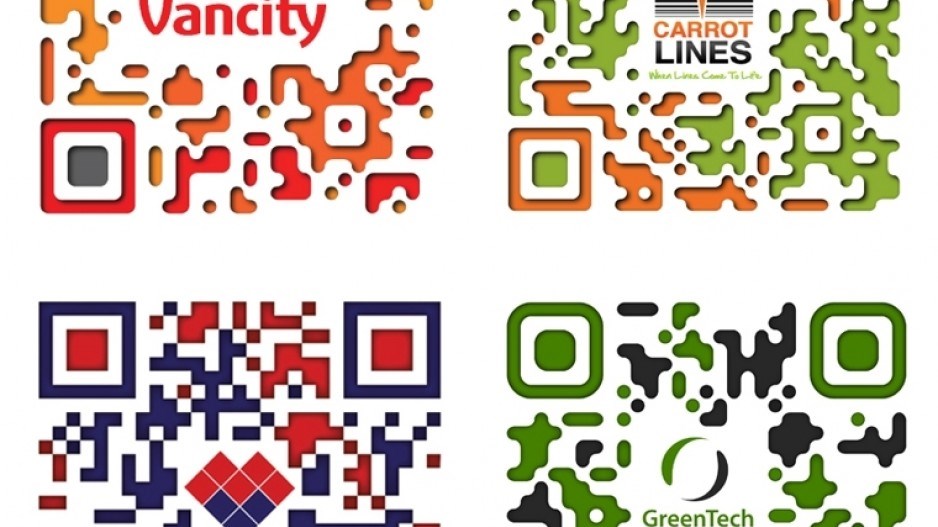For something that has become so commonplace, quick response (QR) codes are still surprisingly underused in Canada.
The digital shortcuts are everywhere these days, yet most Canadian smartphone owners still don't bother to scan them.
For one thing, the content codes link to often provides little value – something that has more to do with the thoughtless way they're used than their inherent utility. But they're also easy to ignore, because they all look the same.
That is changing, however, with the growing adoption of "brandcoding" – the creation of colourful, distinctive QR codes that stand out – and Muprime Technology Inc., a Vancouver startup, is hoping to ride that wave with a new QR code generator that creates miniature works of art.
QR Artist automates the process of creating distinctive, branded QR codes.
Upload a company logo or design, for example, and QR Artist creates a QR code that customers will instantly recognize.
"If you're not happy with the design, you can modify it," said Muprime co-founder Behzad Behroozan. "It's like a Photoshop for QR."
QR codes are very widely used in Asia, where they were first developed. The two-D barcodes were created by a subsidiary of Toyota (NYE:TM) for inventory control.
Feature phones and smartphones with cameras have turned them into digital shortcuts that link the phone to digital content – usually a website.
Advertisers like them because they pack a lot of information onto a postage stamp-sized square – information that would either be impossible to put on a printed page or be too costly.
A shoe store having a sale, for example, can include a QR code in a newspaper ad that, when scanned, takes the reader to a digital coupon, a map that shows how to get to the store or a photo display.
Canadians were slow to adopt QR codes, although that appears to be changing, thanks to increasing smartphone penetration.
According to comScore Inc. (Nasdaq:SCOR), 45% of Canadians now own a smartphone, with B.C. leading the way at 51%. In 2011, 16% of Canadians scanned a QR code. Only the U.S. had higher QR code use in 2011 (see sidebar).
While anyone can generate a QR code with any number of online generators, not everyone knows how to create effective campaigns to link them to, said Rob Barnett, managing director for Straydog Marketing and Design, a Vancouver branding, web design and graphic design studio.
He added that businesses or organizations using QR codes too often don't provide enough valuable information or rewards.
"If you're sending people somewhere, there needs to be a payoff," he said.
"If there's no payoff, they're going to go, 'So what?' You want to make sure that there's value. That can be coupons, information, something that's engaging."
Another obstacle is that not all websites render well on smartphones, and because QR codes are scanned with smartphone or feature phone cameras, Barnett said they need to link to sites that are optimized for mobile devices.
20.3% U.S.
16.1% Canada
15.6% Germany
(Percentage of population who scanned a QR code in 2011)
73.3% Product information
32.2% Coupons, offers
25.1% Event information
12.7% Charity/cause information
10.9% App download
(Percentage of smartphone users who used QR codes for stated reason in 2011 – may choose more than one)
Source: comScore, 2012 Mobile Future in Focus




